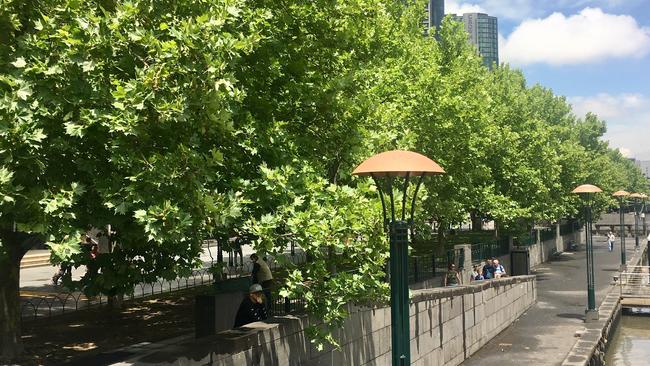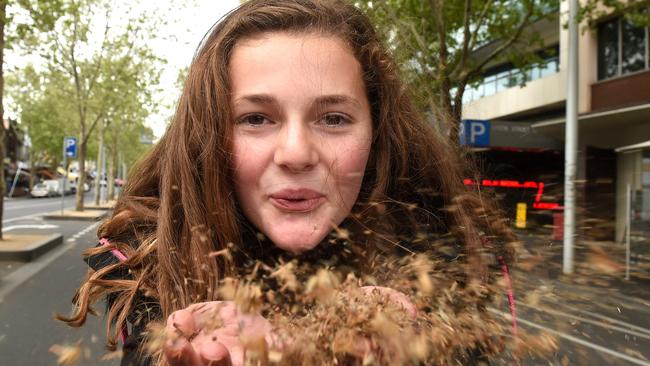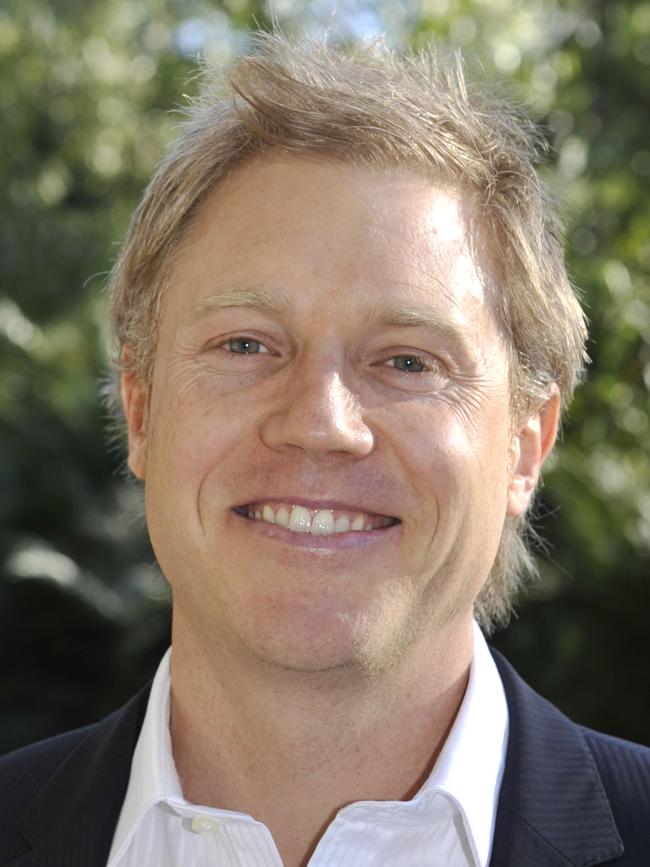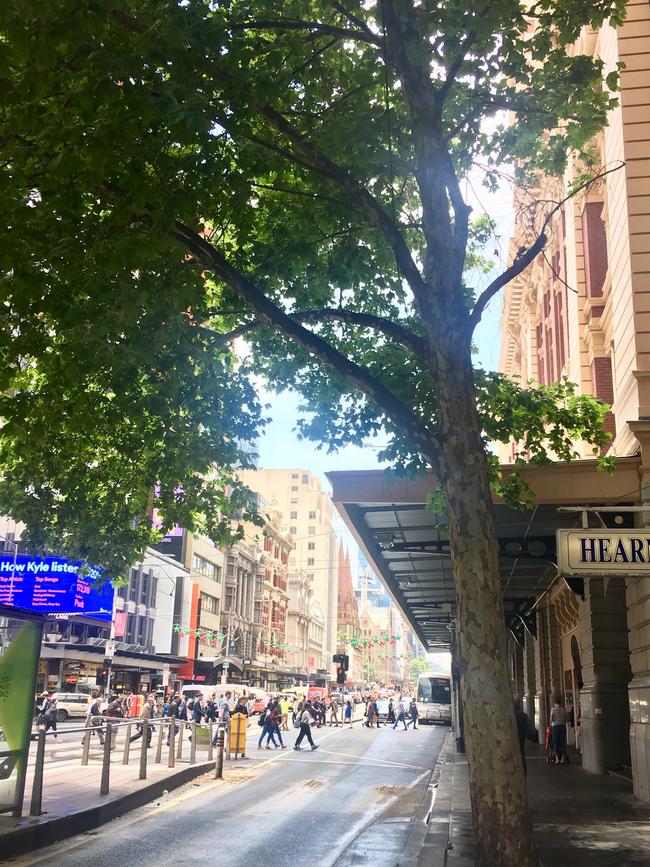Melbourne City Council to get rid of most of its London plane trees over next 20 years
London plane trees, known for triggering hay fever attacks, are a familiar sight in inner Melbourne, however the species is set for the chop under the city council’s urban forest plan. See what’s in store.
VIC News
Don't miss out on the headlines from VIC News. Followed categories will be added to My News.
Most of the inner city’s famous London plane trees will be gone over the next 20 years under the City of Melbourne’s urban forest plan.
Plane trees have started being removed on Southbank Blvd and in Lonsdale St with $4.2 million to be spent planting at least 3400 different trees over the next year.
The trees can trigger hay fever attacks, but the main reason for removing them is to have a diversity of tree species to ensure the city’s green canopy is resilient.


Acting Lord Mayor Arron Wood said the council would focus on removing plane trees that are not in good shape.
“We’re aware that shedding from the trees causes irritation for some people during spring, so where it makes sense to plant a new species we will,” he said.
“However, this doesn’t mean removing perfectly healthy trees that continue to deliver so many benefits to our city unless it’s absolutely unavoidable.”
Cr Wood said that most of the council’s plane trees were planted in the 1980s and 1990s, replacing poorly performing ash trees and some elms and paperbarks.
“Plane trees are quick to grow in harsh conditions, have a fantastic canopy, and provide significant environmental benefits in terms of shade and cooling,” he said.
“The plane trees in Swanston St form a consistent and relatively healthy avenue, but where plane trees in other parts of the city need to be removed, we are taking opportunities to replace them with different tree species.”


Recently, 19 trees in Lygon St were replaced with 14 European hackberry trees between Victoria and Queensberry streets.
Plane trees are also being replaced in Russell, Exhibition and Lonsdale streets.
The Southbank Blvd trees will be replaced with more than 300 trees including liquidambar, lemon-scented gums and red iron barks.
MORE NEWS:
BOMB SCARE CLEARED ON LONSDALE STREET
ST KEVIN’S DEEP-ROOTED MISOGYNY
MELBOURNE GETS EARLY SUMMER HIT
On Southbank Promenade, plane trees planted in the 1980s are in poor health and will be replaced with one row of 29 new trees with better access to soil and water.
The promenade is being upgraded to feel less like a street and more like a riverside park under a council plan to make it more accessible for pedestrians.
The council cares for 80,000 trees and will continue to plant a variety of Australian and international species that are suited to warmer temperatures.
